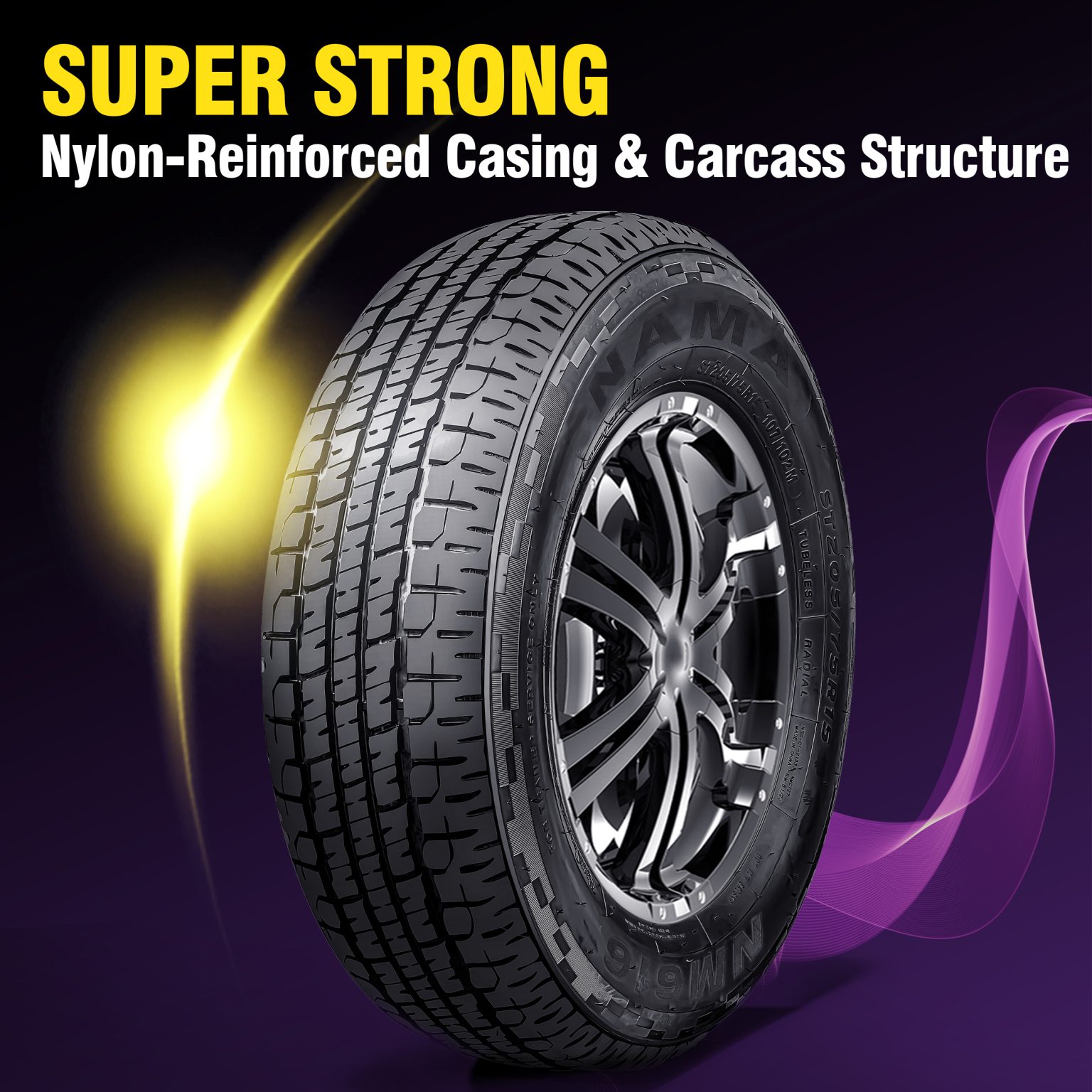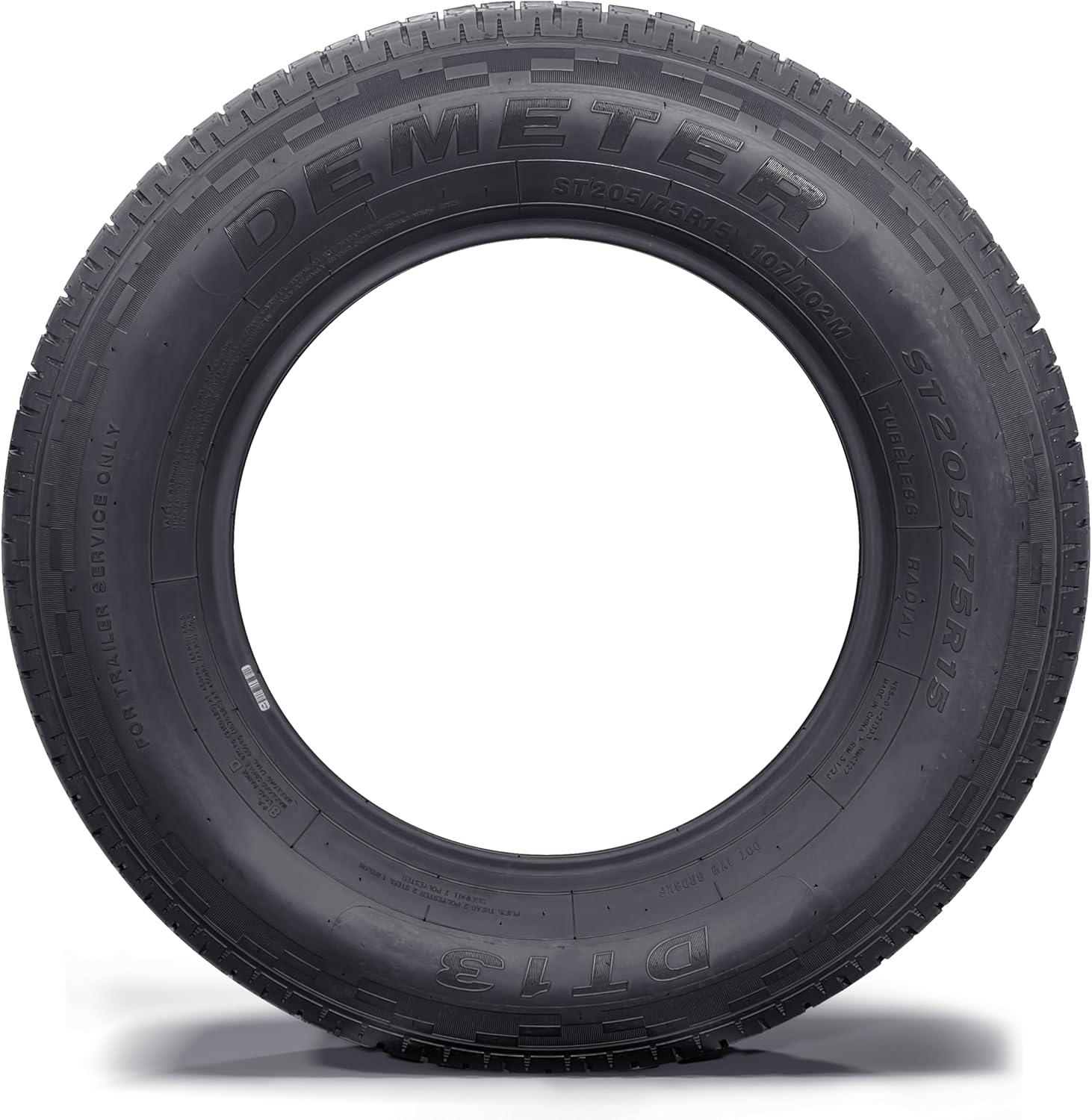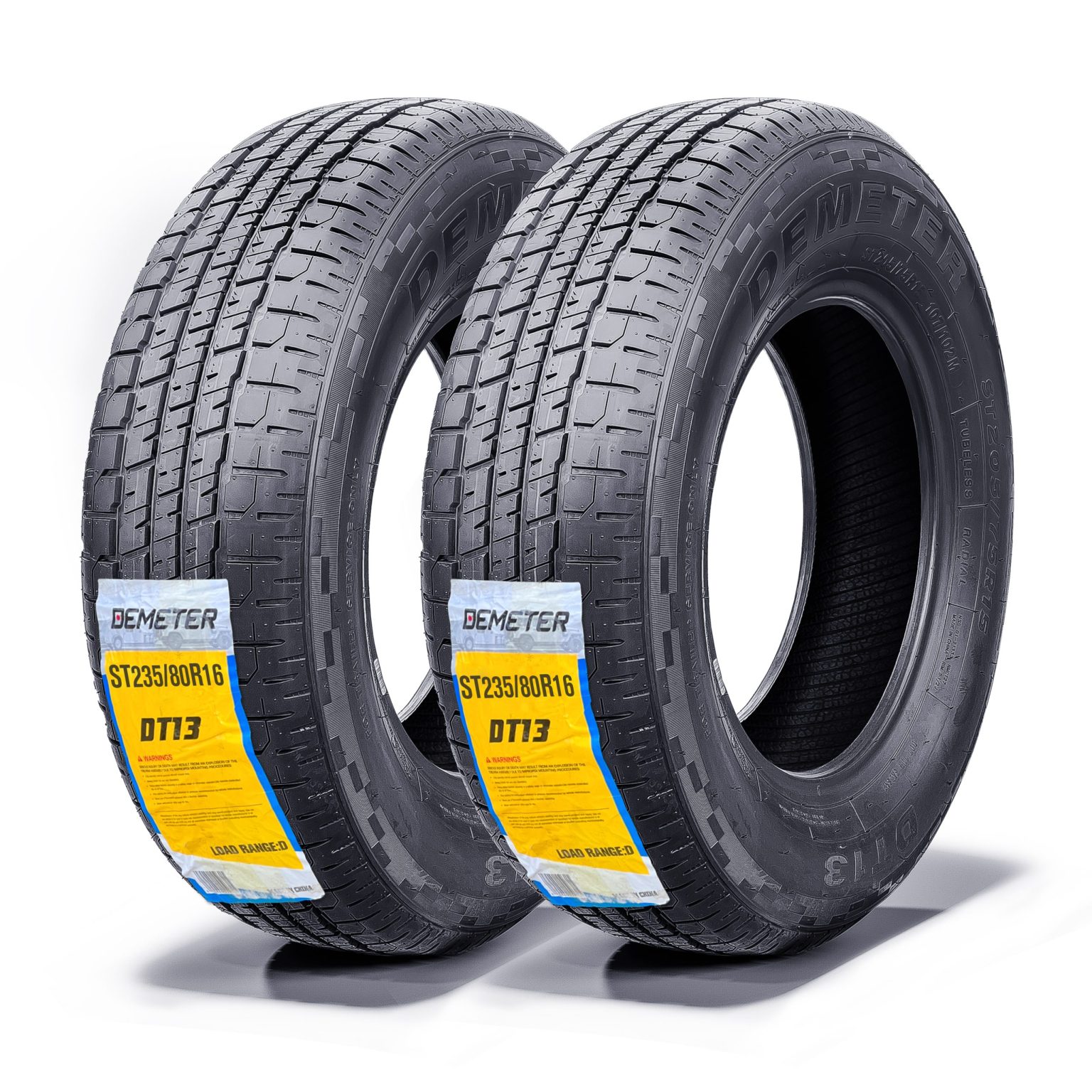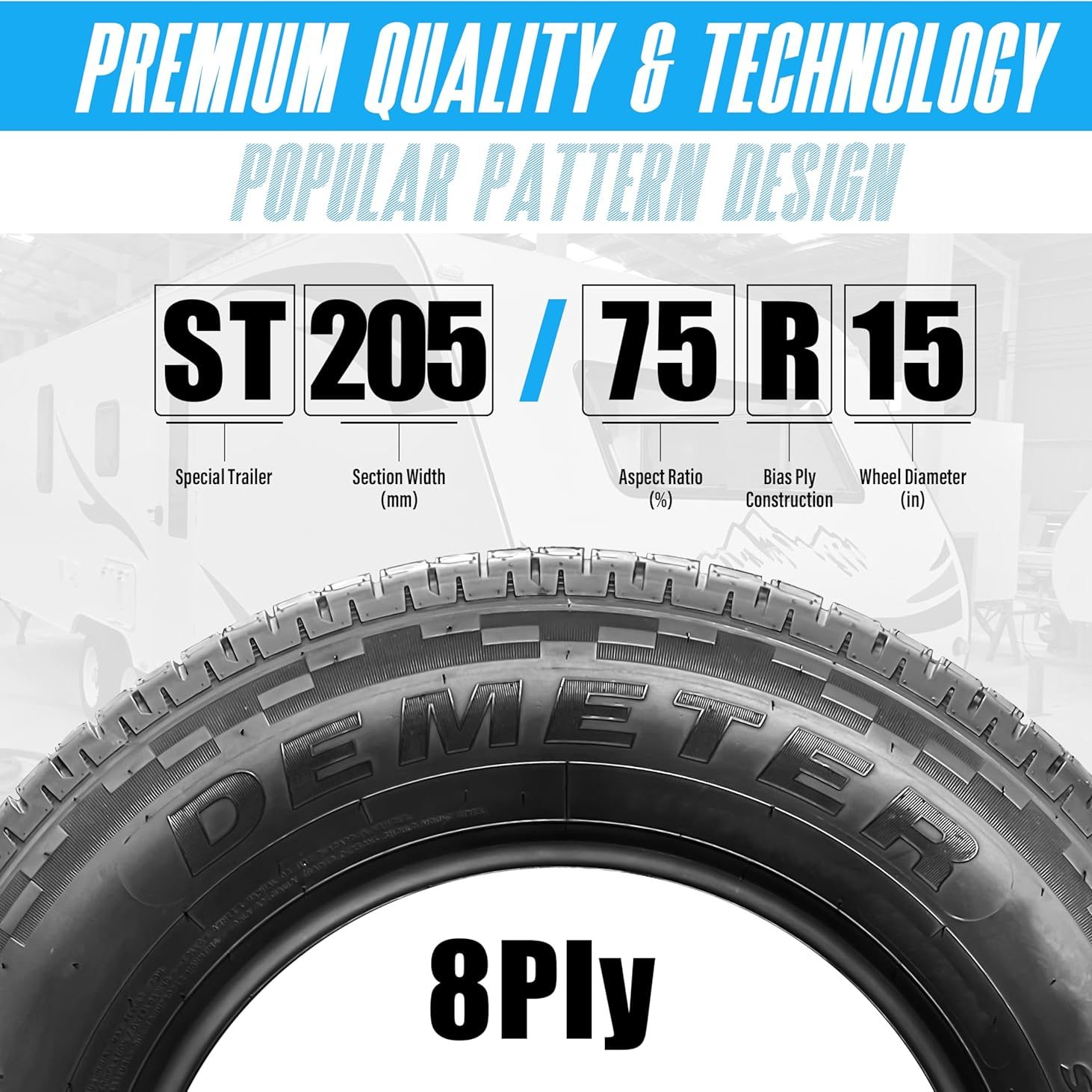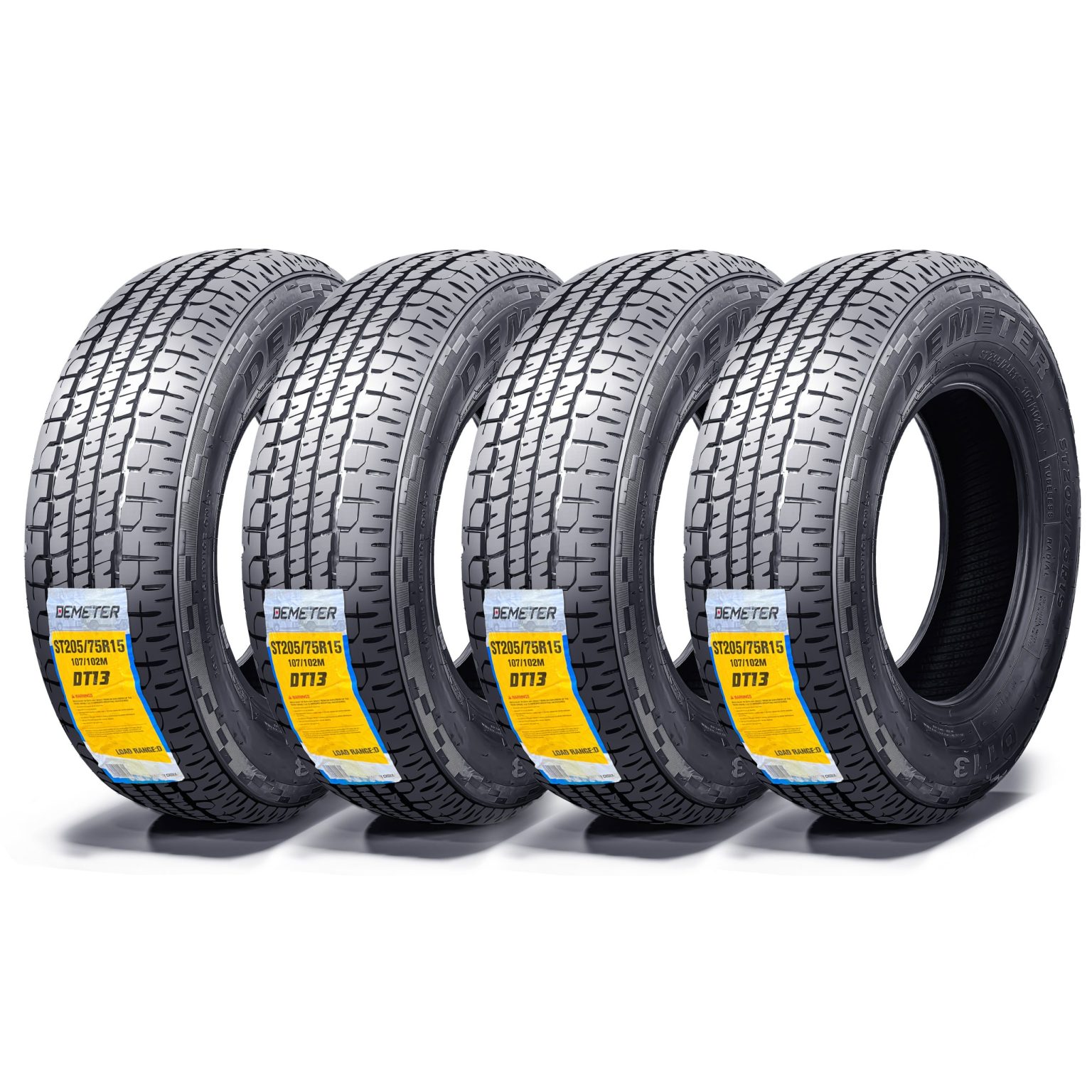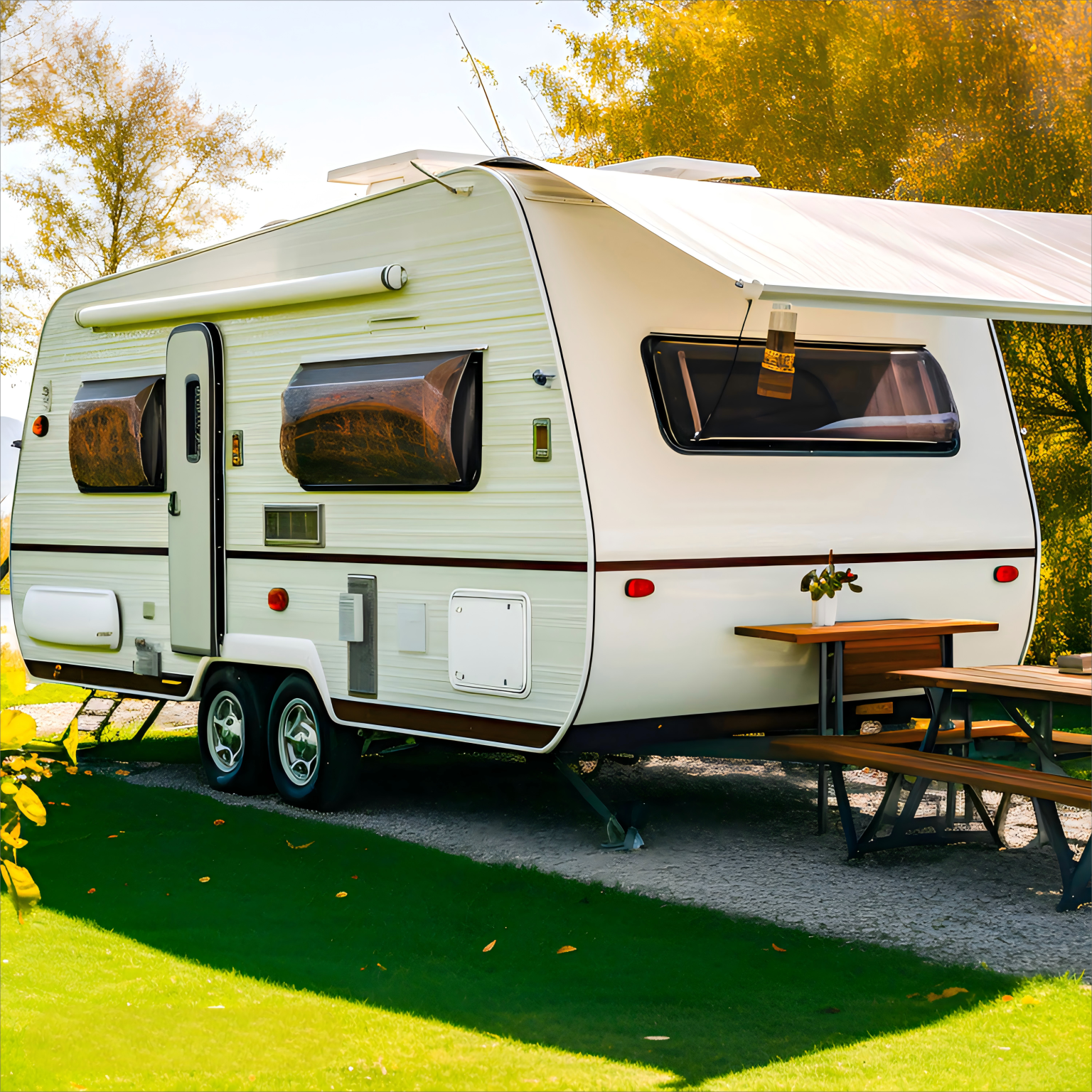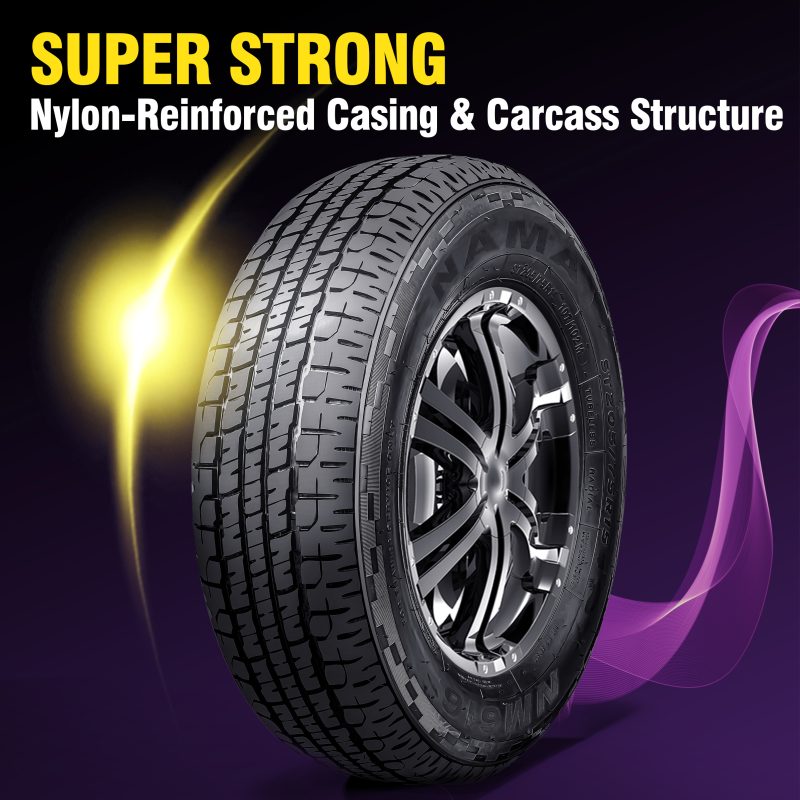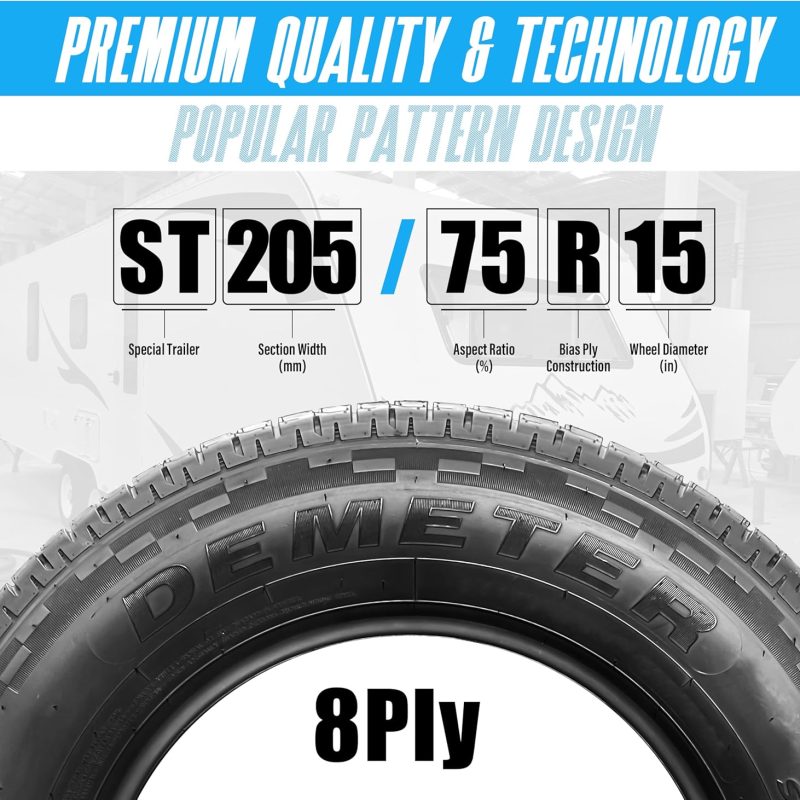Maintaining proper tire pressure is one of the most important factors in ensuring trailer safety. Underinflated or overinflated tires can lead to uneven wear, reduced stability, and even the danger of blowouts at high speeds. Whether you’re preparing for a long road trip or just towing a trailer around town, checking the air pressure in your trailer tires should be part of your maintenance routine. In this guide, we’ll walk you through the step-by-step process of checking and maintaining the correct tire pressure in your trailer to maintain optimal safety and performance.
Why is tire pressure important for trailers?
Tire pressure has a major impact on the overall handling, stability, and carrying capacity of your trailer. Incorrect tire pressure can lead to a variety of problems, such as
Uneven tread wear: Under-inflated tires wear faster on the outer edges, while over-inflated tires wear more in the center.
Reduced load-carrying capacity: Underinflated tires cannot effectively support the load of a trailer, making them more susceptible to damage and blowouts.
Heat Buildup: Low tire pressure generates excessive heat, which weakens the tire structure and increases the risk of a blowout.
Loss of Fuel Efficiency: Incorrect tire pressure increases rolling resistance and reduces a trailer’s fuel efficiency.
Maintaining the recommended tire pressure is key to extending tire life, improving fuel efficiency, and ensuring a smooth and safe ride.
Step-by-step guide to checking trailer tire pressure
1.Gather the necessary tools:

Before checking the air pressure in your trailer tires, make sure you have the following tools on hand:
Tire pressure gauge (digital or manual)
Reliable air compressor (if tire pressure needs to be adjusted)
Trailer’s owner’s manual (recommended PSI)
2.CHECK RECOMMENDED PSI:
Refer to the trailer’s owner’s manual or tire sidewall for the correct tire pressure (usually expressed in psi or PSI). For most trailer tires, the recommended PSI is between 45-60 PSI, depending on the load. Specialty trailer (ST) tires usually have a higher PSI to handle larger loads.
3.Measure the tire pressure:
Remove the valve cap from the tire to be checked.
Press the tire pressure gauge firmly against the valve stem and hold it in place until the gauge shows a reading.
Compare the reading to the manufacturer’s recommended PSI.
PRO TIP: Check tire pressure when tires are cold (before driving or after driving for at least three hours), as heat can increase tire pressure and cause inaccurate readings.
4.Adjust tire pressure if necessary:
If tire pressure is too low: Use an air compressor to add air for a short period of time. Recheck tire pressure until it meets recommended levels.
IF TIRE PRESSURE IS TOO HIGH: Press the metal pin in the valve stem to release the air and recheck the pressure.
IMPORTANT: Always make sure all tires on the trailer are inflated to the same PSI level to maintain even and balanced load distribution.
5.Recheck and Replace Valve Caps:
After adjusting air pressure, carefully check each tire to ensure consistency. Replace valve covers securely to keep dirt and moisture out.
Common Trailer Tire Pressure Problems and Solutions
Even with regular checkups, you may encounter some common problems with trailer tire pressure. Here’s how to fix them:
Tire pressure fluctuations:
Sudden changes in temperature can lead to changes in tire pressure. If you notice significant fluctuations, check your tires more frequently and adjust the pressure as needed.
Slow air leaks:
If your tires are losing pressure for a long period of time, check the valves and tires for damage. Consider applying soapy water to the surface of the tire – if bubbles appear, the tire is punctured or leaking and needs to be repaired.
Inconsistent tire pressure:
Make sure all tires, including the spare, are inflated to the same PSI level. Inconsistent pressure can lead to uneven and erratic tire wear.
Tips for Maintaining Proper Trailer Tire Pressure
Use a Tire Pressure Monitoring System (TPMS): Installing a TPMS is a great way to monitor tire pressure in real time, especially on long trips.
Check Tire Pressure Before Every Trip: Trailer tires lose air over time, so be sure to check your tire pressure before hitting the road, especially when hauling heavy loads.
ADJUST AIR PRESSURE FOR HEAVY LOADS: If you’re carrying a heavier load than usual, adjust your tire pressure according to the manufacturer’s guidelines to ensure a safe trailer.
Checking and maintaining proper tire pressure is a simple but important step in ensuring the safety and performance of your trailer. By following this guide, you can prevent common tire problems, reduce the risk of blowouts, and extend the life of your tires. For best results, pair your maintenance routine with high-quality NAMA trailer tires – tires that can withstand the toughest conditions and keep your trailer running smoothly.

